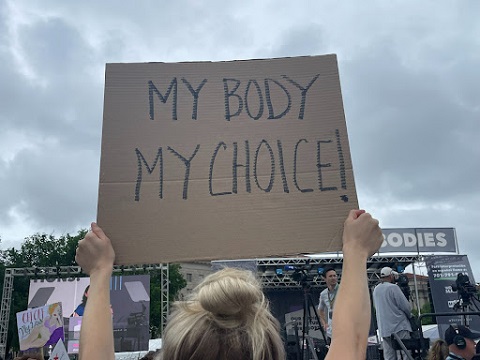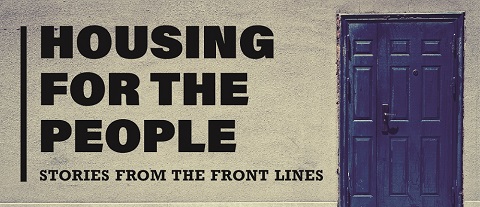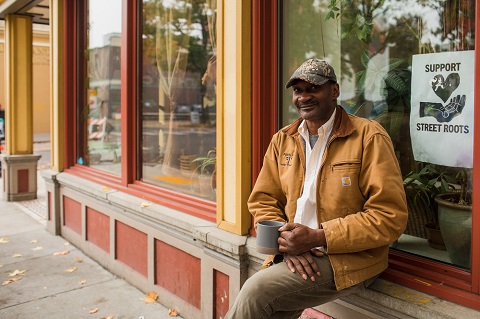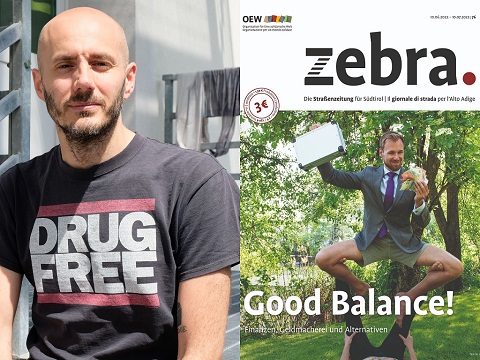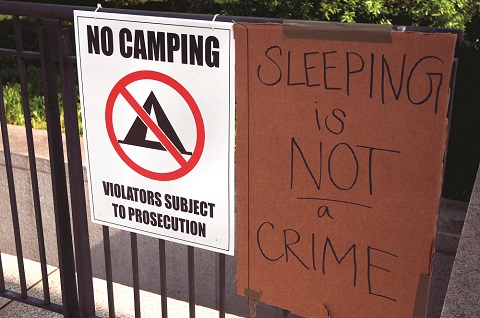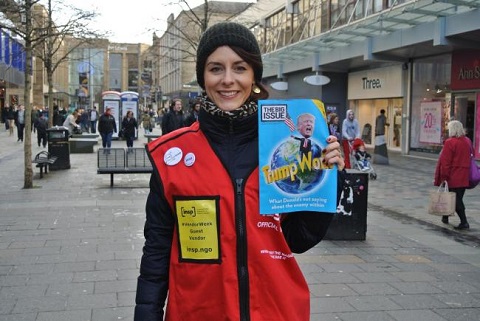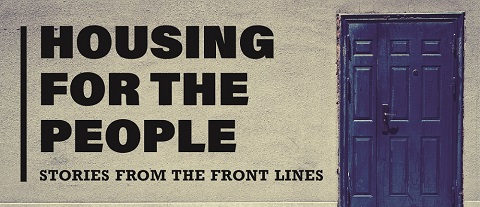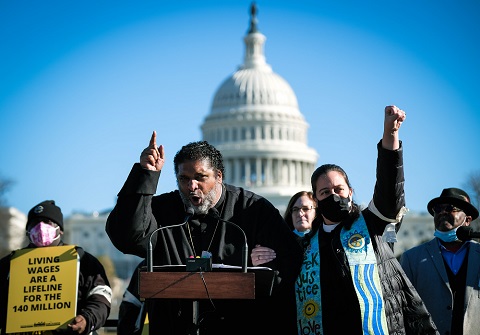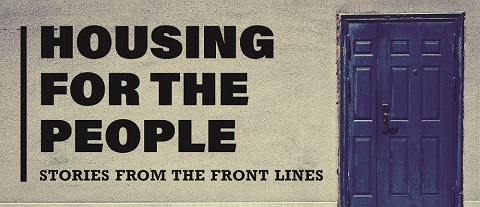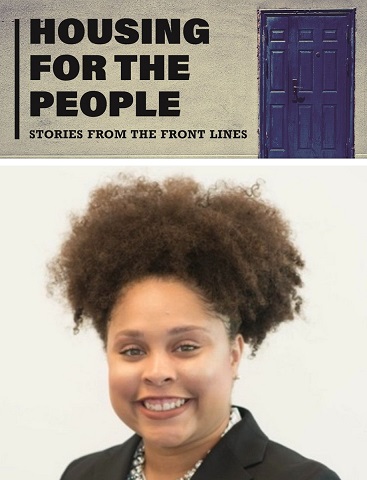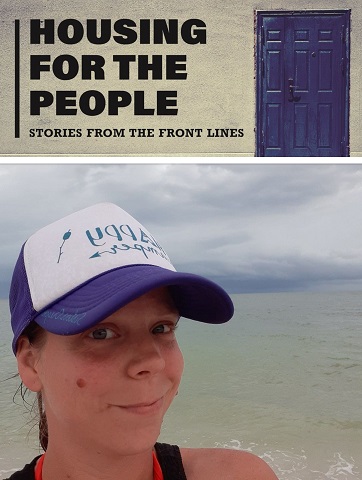The days leading up to Christmas can be overwhelming. There’s so much going on, and so much to think about. You’d be forgiven for forgetting to keep in mind those out with the family and friends that make Christmas so special. But since 1990, while shoppers frantically prepare for the big day, communities across the US meet on the first day of winter and longest night of the year to commemorate those who have died while homeless in the last year, on what is known as National Homeless Persons Memorial Day.
Each community chooses to remember the departed in different ways. Many ceremonies involve candles, name placards, or blankets to represent each individual. Some are sombre and spiritual in focus. Others passionate and political. The names of people to be remembered are self-reported and assumed by organizers to be undercounted.
For example, memorial service attendees in the District of Columbia mourned 48 individuals who passed away in 2016. However, a report released in May by the D.C. Office of the Chief Medical Examiner counted 76 deaths among the “homeless/undomiciled population” that year. Only one of the five years included in the report had an official death count lower than the number of names collected by community members. ‘John Doe’ and ‘Jane Doe’ are generally added to each memorial service as a reminder of names unknown.
In the National Coalition’s latest report on hate crimes against people experiencing homelessness, released on this year’s Homeless Persons’ Memorial Day, the organisation estimated that more than 13,000 people die without a home in the United States every year.
The National Healthcare for the Homeless Council recommends local jurisdictions investigate and provide annual reports on all homeless deaths in order to better inform policy and budget priorities. Few do, however. One exception is Multnomah County, Oregon, which began releasing such reports annually in 2012, in collaboration with and in response to advocacy by the Portland street newspaper, Street Roots.
“Unfortunately, we have become so accustomed to deep and desperate poverty; it no longer inspires the same distress as the discrete acts of violence that too often make the headlines,” the Healthcare for the Homeless Council wrote in a statement. “Those who are so poor that they experience homelessness are three to four times more likely to die prematurely and have a life expectancy 30 years shorter than their housed counterparts.”
This year, 150 commemorative gatherings took place. Among them were those attended and organised by US-based street papers, accounts and photos of which are collated here. (Eric Falquero, Street Sense Media)
***
StreetWise, Chicago (Reporting by Suzanne Hanney)
Old St. Patrick’s Church west of the Loop was nearly filled the evening of 18 December with people who gave up the hustle and bustle of the holiday season to honour 46 homeless people who died in the past year. The ninth annual Chicago Homeless Person’s Memorial service is similar to those in more than 30 states and the District of Columbia on or around 21 December, the longest night of the year.
“We are called to be here to honour somebody’s son, grandson, uncle, who for whatever reason was lost but is now present with the Lord,” said the presider, the Rev. Marcus Tabb, pastor of Maywood Neighborhood United Church. “The world may have looked down on them but we do not judge their circumstances. We gave up the hustle and bustle of the season for someone we felt was a child of God, another human being.”
The litany of names included people like:
* Charles C., “who loved the winter months”
* Jerome Wrencher, “who loved his family and was a good dancer”
* Nelson Jones, a comedian, whose rhymes and jokes that made everyone laugh were missed
* Raymond Ferguson, “who spent his days at State and Randolph”
* Roy Davis, “a favourite StreetWise vendor at Old St. Pat’s”
* and “others, known only to God.”
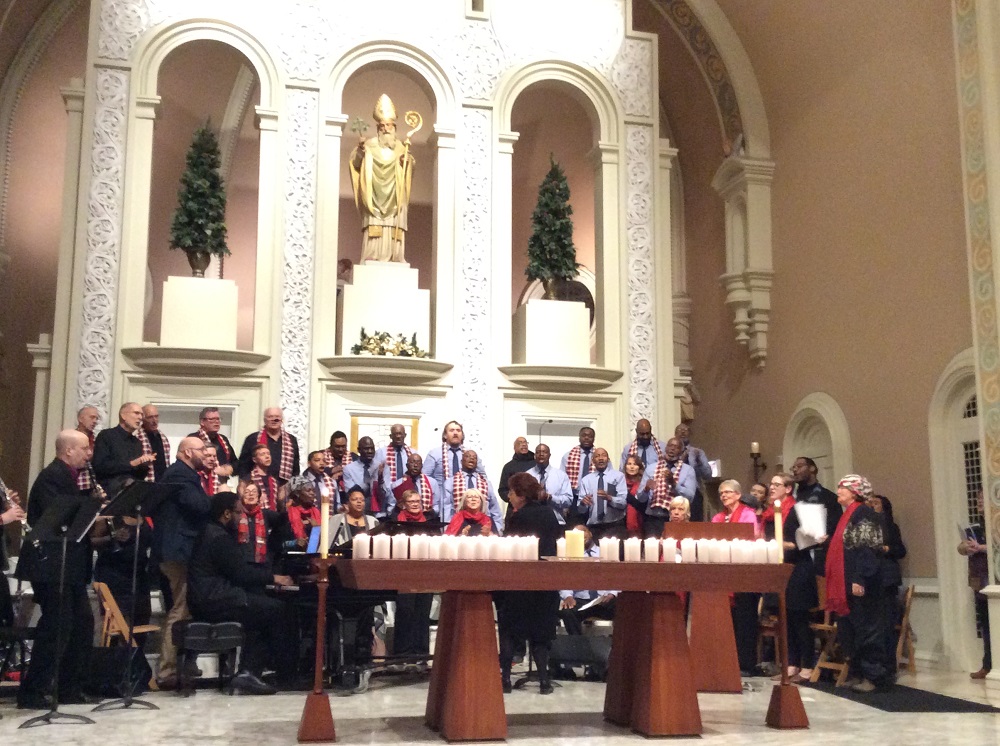
As each name was read, a candle was carried up to the Old St. Patrick’s altar to join a central pillar flame. The music group Harmony, Hope & Healing and the Atlanta Homeward Choir sang the Walter Hawkins gospel tune, ‘Goin’ Up Yonder’.
Earlier, the groups intoned Hezekiah Walker’s ‘I Need You to Survive’. Its lyrics such as, “We’re all a part of God’s body…It is His will that every need be supplied,” related to the testimony of Maxica Williams, a single mother with four children who was homeless from January to August 2016 because of breast cancer.
Homelessness can cause mental and physical illness because a person becomes isolated, loses dignity and feels they have nowhere to go, said Williams, a representative of Chicago Coalition for the Homeless (CCH). However, “Housing is a human right,” which helps a homeless person’s dignity and excitement for life. She urged the congregation to keep fighting to bridge the gaps in services, “to always see the person, not the situation they’re in.”
***
Real Change, Seattle (Reporting by Ashley Archibald, with contributions by Becky Spithill)
In Seattle, the sun dipped toward the horizon at 4:20 p.m. In the last dying rays of natural sunlight, a group gathered around a tall, bronze statue marked with cutouts of leaves on the north end of Victor Steinbrueck Park.
The Tree of Life, as it is called, stands in remembrance of homeless people who lost their lives in Seattle and King County, and the winter solstice is the day that communities around the US do the same.
Faith leaders, formerly homeless people and their housed allies stood quietly around the statue, lit by plastic flickering tea candles and read one by one the names of 114 people who died outside or by violence in 2018.
It was, as it has been in previous years, a record-breaking figure — as the number of people surviving on the streets of Seattle and King County swells year on year, so does the number of people who lose the fight.
“Tonight we remember 114 of our sisters and brothers. Our community – institutions, systems, governments, the people of this county — failed to provide the circle of support and resources they needed to preserve their lives,” said Kelle X.

Then they began reading the names, each followed with a pause that the gathered people filled with the phrase “We remember.”
“Stanley Krebs.”
“We remember.”
“Scott Allerhand.”
“We remember.”
“Bradford Oling.”
“We remember.”
When the list was finished, organizers passed out cups with a hole cut in the bottom and fit with a candle which they lit to begin the candlelight vigil. The group marched silently through Pike Place Market, their solemnity at odds with the merriment of tourists snapping photos of Starbucks and waiting in lines for a warm piroshky.
The procession arrived at Westlake Park and took up positions adjacent to Pine Street. Music from a carousel floated in the air and holiday revellers streamed by, many oblivious to the sombre nature of the event. With their candles, the vigil blended into the holiday atmosphere, like a group of carollers gone silent between songs.
Carol Cameron has been involved with the Homeless Remembrance Project, a project of the Women’s Housing and Equality Enhancement League (WHEEL), since its inception in 2003. The group organized to get the Tree of Life statue installed at Victor Steinbrueck Park and to spread leaves of remembrance, bronze leaves inscribed with the name of people who have died, put into sidewalks around the city.
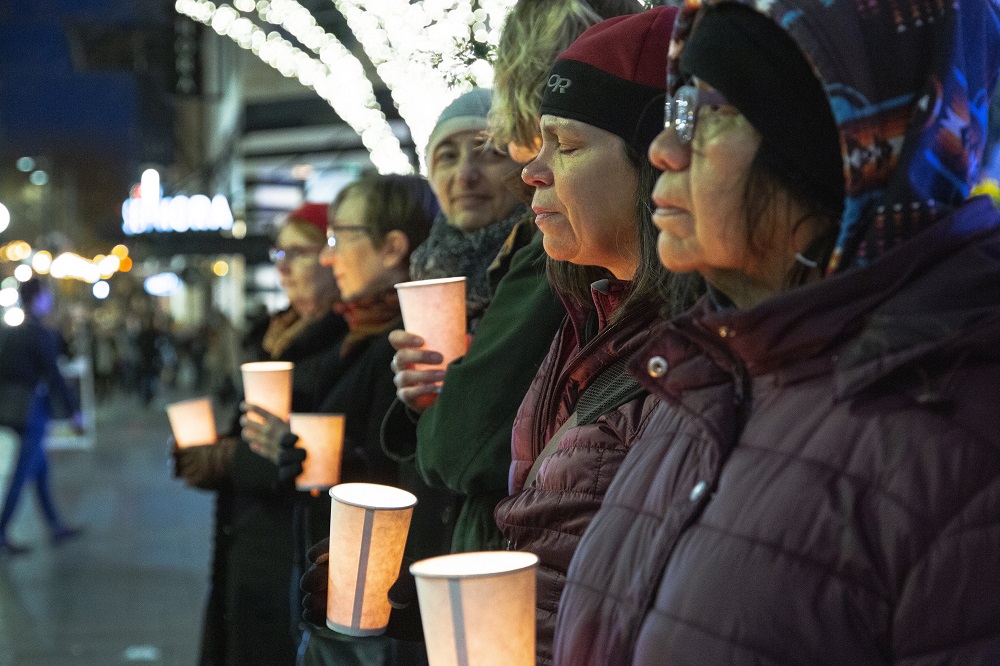
Formerly homeless herself, Cameron has lost friends from her time outside, and things seem to be getting worse, not better.
“Where is it all going to end?” Cameron asked.
Unfortunately for communities across the United States, the response to homelessness has been largely homegrown even though the problem stems from deep, structural problems endemic throughout the country.
A recent report to Congress showed that volunteer counters found 553,000 people sleeping outside on a single night in 2018, roughly flat from the year before. In that same year, the homelessness population in King County rose by roughly 4 per cent, a slower increase than years past but still almost 10 times faster than the rest of the country.
Rather than react with a robust overhaul of public housing and the rental voucher program, the response from the federal government has been muted. Ben Carson, the secretary of the Department of Housing and Urban Development, has recommended that the poorest people pay more of their limited incomes toward rent and utilities if they are lucky enough to have a voucher in hand. He has reportedly told aides that he views housing and homelessness as a “local” issue, despite limited local resources to combat the crisis.
And so homelessness continues to worsen, and people living outside continue to die in the richest country in the world at the peak of its material wealth and opulence. And one night a year, people stand to recognize that fact and the miscarriages of justice that have led us to this point.
***
Denver VOICE, Denver (Reporting by Sarah Ford)
Denver again saw a record high number of people die while living on the streets in 2018. On 21 December, a crowd of about 150 people gathered to honour at least 233 people who died while experiencing homelessness in the metro area.
It is the fourth year in a row that the number of homeless deaths in Denver has risen, up from 231 names in 2017. It is the most names included in the annual vigil since it began 29 years ago.
“For too many, this will be the only memorial service they will have,” said John Parvensky, president and CEO of the Colorado Coalition for the Homeless (CCH). “Tonight we remember them, we remember them all.”
Each year, the coalition organizes the Homeless Person Memorial Vigil, held on the steps of the City and County Building in downtown Denver.
“With the growing affordable housing crisis we are seeing in our community, we are unfortunately likely to see more individuals dying prematurely in the coming year. In a community as rich as ours, it is uncontainable that there are still those without decent shelter and housing,” said Parvensky. “This is not a failure of theirs, it is a failure of ours.”
CCH gathers the names through a collaboration with the Denver Medical Examiner’s Office, which provided 110 names, and the Metro Denver Homeless Initiative, which provided 123 names. After the vigil, eight people also shouted out names of those who passed and were not listed, bringing the total to at least 241 people.
Cause of death and demographic information for those who died was available on only 91 individuals at the time of the vigil. The Denver Medical Examiner’s Office had data for deaths occurring between 1 November, 2017, and the end of October 2018.
In that time, out of 91 deaths, 27 were identified as being primarily due to drug overdoses, including opioids and other substances.
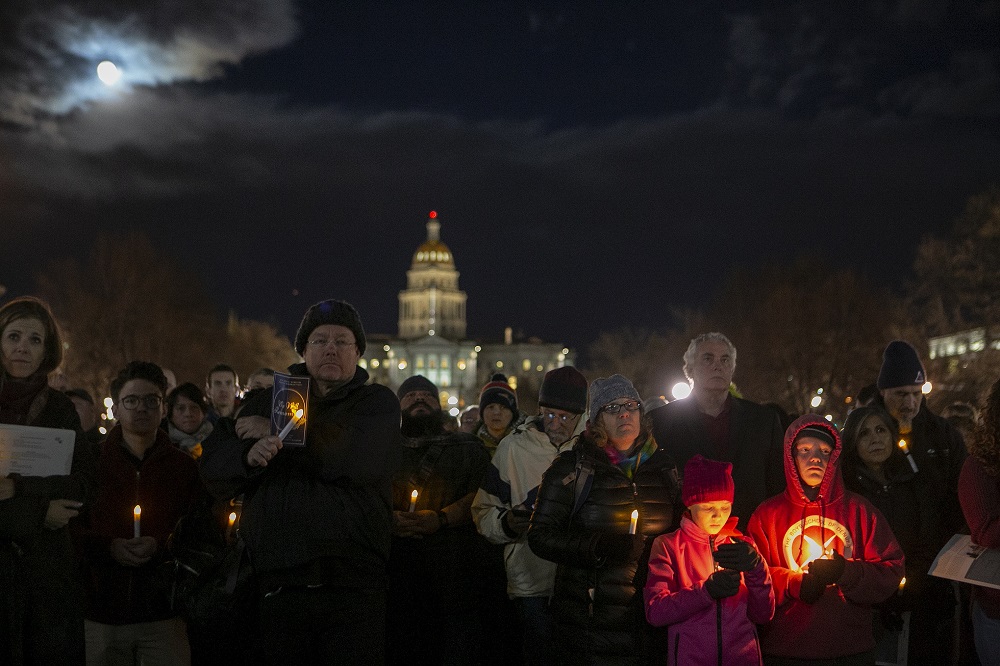
It comes a year after Colorado reported the highest number of deaths due to drug overdoses in state history. In 2017, the Colorado Department of Health and the Environment determined that at least 1,012 people died of overdoses across the state, higher than the number of people killed in car crashes.
In 2018, difficulty in accessing medical care and resources to overcome drug addictions continued for the Denver homeless community. Arapahoe House, the largest drug and alcohol treatment centre in the metro region, closed its doors in January 2018. Nearly 90 per cent of its patients received little to no income.
“We must re-double our efforts to expand adequate, and available, and accessible substance treatment options for those who are addicted, and to provide safe and affordable housing to help reduce and end homelessness in our community,” Parvensky said.
The Medical Examiner’s Office also found that physical trauma accounted for 23 deaths, heart disease for 13, and the rest of the 91 confirmed deaths were listed as due to alcohol, hypothermia, pneumonia, or other diseases.
According to the coalition, at least 1,348 people experiencing homelessness in the metro region have died since 2008.
Before names were read at the vigil, Randel Loeb — a CCH board member, formerly houseless individual, and a founding member of the VOICE — read a vigil to those who had died.
“We will not be denied, we will never be denied,” he said. “We will rise no matter what. We will survive, no matter how. We’ll rise. We’re people who have contributed the utmost with our sweat, our tears, our lives.”
***
Street Sense Media, Washington D.C. (Reporting by Rachel Cain, Christian Zapata, Nicholas Shedd and Jake Maher)
More than 105 local activists and community members crowded together in the Luther Place Church to memorialize the lives of at least 54 people without homes and 83 individuals recently housed who passed away in the last year in the District of Columbia.
The life expectancy of a homeless individual in D.C. is 57, compared to the general population’s 76. When medically vulnerable populations – such as elderly people or those with mental illness or chronic health concerns – land on the streets, their well-being often deteriorates.
Another health concern brought up during the opening service was the impact of weather. Dr Laura Zeilinger, Director of the D.C. Department of Human Services, said that this is especially important this year, the wettest year on record for Washington, D.C.
“The shelter hotline and outreach alone cannot find every person to make sure they are safe and dry,” said Zeilinger, emphasizing the need for community members to look out for one another.
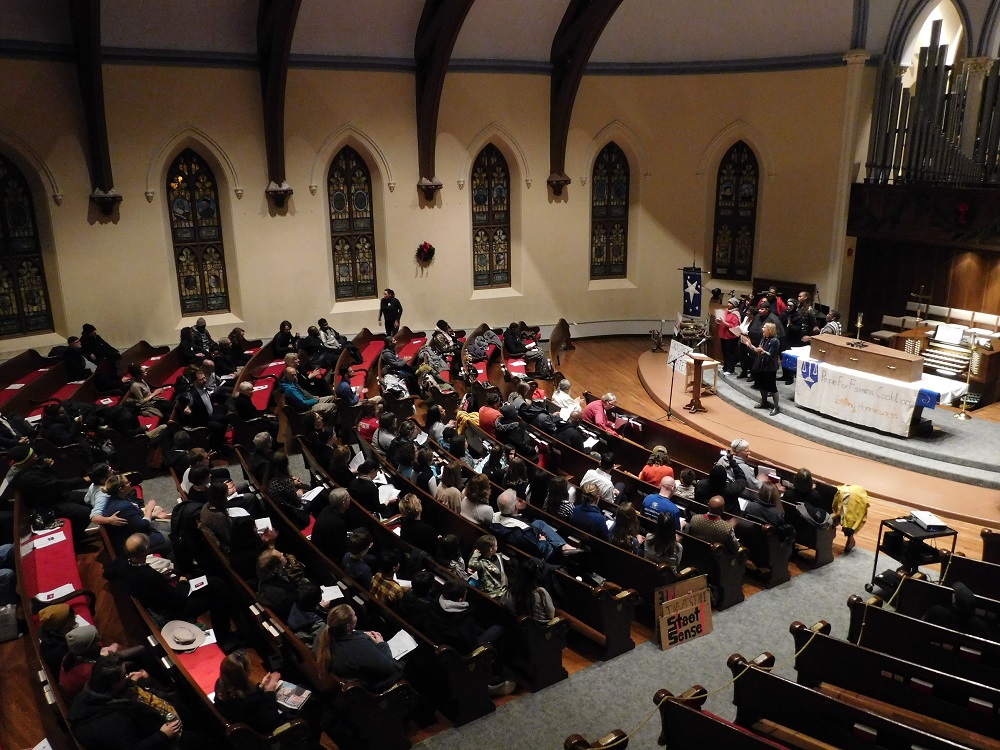
She added that if a person comes across a homeless individual during inclement weather conditions, “ask if they’re okay, ask if there’s something they need, and tell them you can call the Shelter Hotline. Try to engage with them, and get them to a safe place.
“We need to make sure people are seen, and that we’re using the help we have available.”
Speakers also said many vulnerable individuals require additional support when making the life-changing transition into stable housing.
“People are dying in wonderful new houses because there is not enough transitional support,” said Ken Martin, a member of the People for Fairness Coalition (PFFC). Martin also spoke of his own struggles during his transition from homelessness to housing.
Throughout the night, community leaders emphasized the importance of affordable housing in helping alleviate homelessness and premature death. They asked Mayor Muriel Bowser and the D.C. Council to invest $35.5 million in housing for 1,140 individuals and 117 families by 2020.
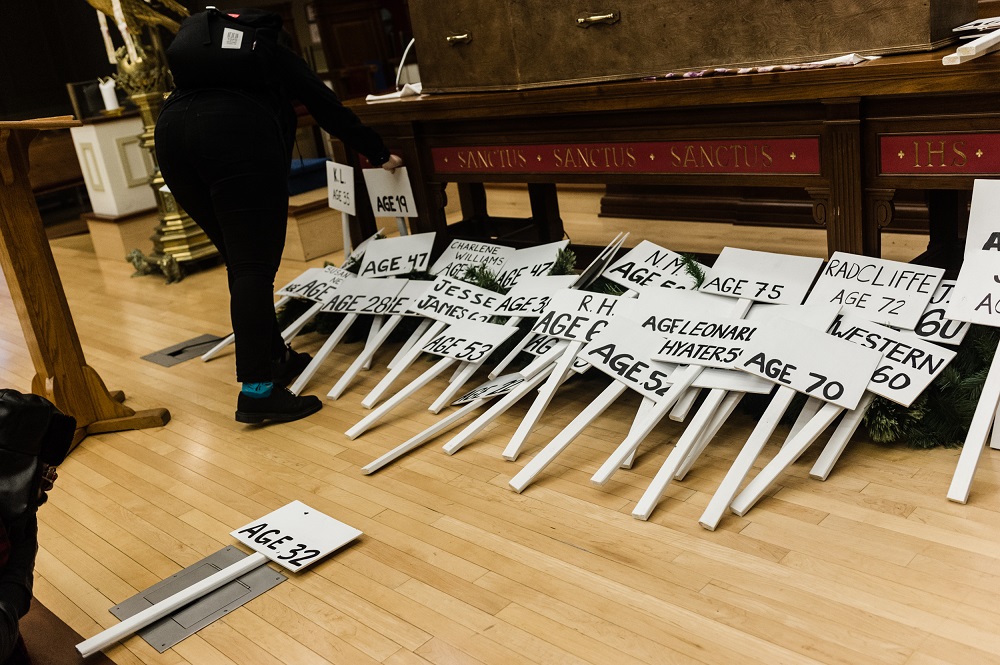
The PFFC further asked Bowser and the D.C. Council to end discrimination against people experiencing housing instability by reintroducing the Michael A. Stoops Anti-Discrimination Amendment Act during the next legislative session. Previously introduced in 2017, the statute would include homeless individuals under the protections of the D.C. Human Rights Act of 1977.
A march was led from the opening service to Freedom Plaza, where a tent set to host a community dinner would double as a shelter for the night. The procession was flanked on both sides by an escort of cars from the Metropolitan Police Department, and marchers could be heard shouting slogans as call-and-response phrases.
“Housing is a human right! Fight! Fight! Fight!”
“What do you want? Housing! When do you want it? Now!”
At the back of the tent, a makeshift altar had been erected with electric candles and signs with the names of those who had died laid across a tablecloth with the PFFC logo. As attendees settled in and filled their bellies, small groups approached the open mic, singing, talking, or laughing informally. Those who had experienced reflected on what had caused it, and what could be done to improve the situation.
The next morning, 15 representatives from the PFFC canvassed the Wilson Building, where the offices of the city’s mayor are housed, seeking more funding and stronger legal protections to address homelessness. The group presented councilmembers with the list of D.C. residents who died on the streets in 2018, as well as a list of the coalition’s recommendations.

While the coalition demanded more action from the D.C. government on homelessness going forward, they expressed gratitude for what the government has already done. They used the canvassing to thank the council and the mayor’s office for supporting the Public Restroom Initiative, which encourages businesses to open their restrooms and looks at places to install the District’s own public restrooms, to be available 24 hours a day.
They also thanked the council and the mayor for providing the funding to create a downtown day services centre and for dedicating $40 million for redeveloping the 801 East men’s shelter. Coalition members noted, however, that permanent housing ends homelessness, rather than temporary solutions such as shelters.
The advocacy walkaround was followed by a procession to the New York Avenue Presbyterian Church, where an interfaith memorial service was held, followed by lunch for the community.
Compiled by Tony Inglis







